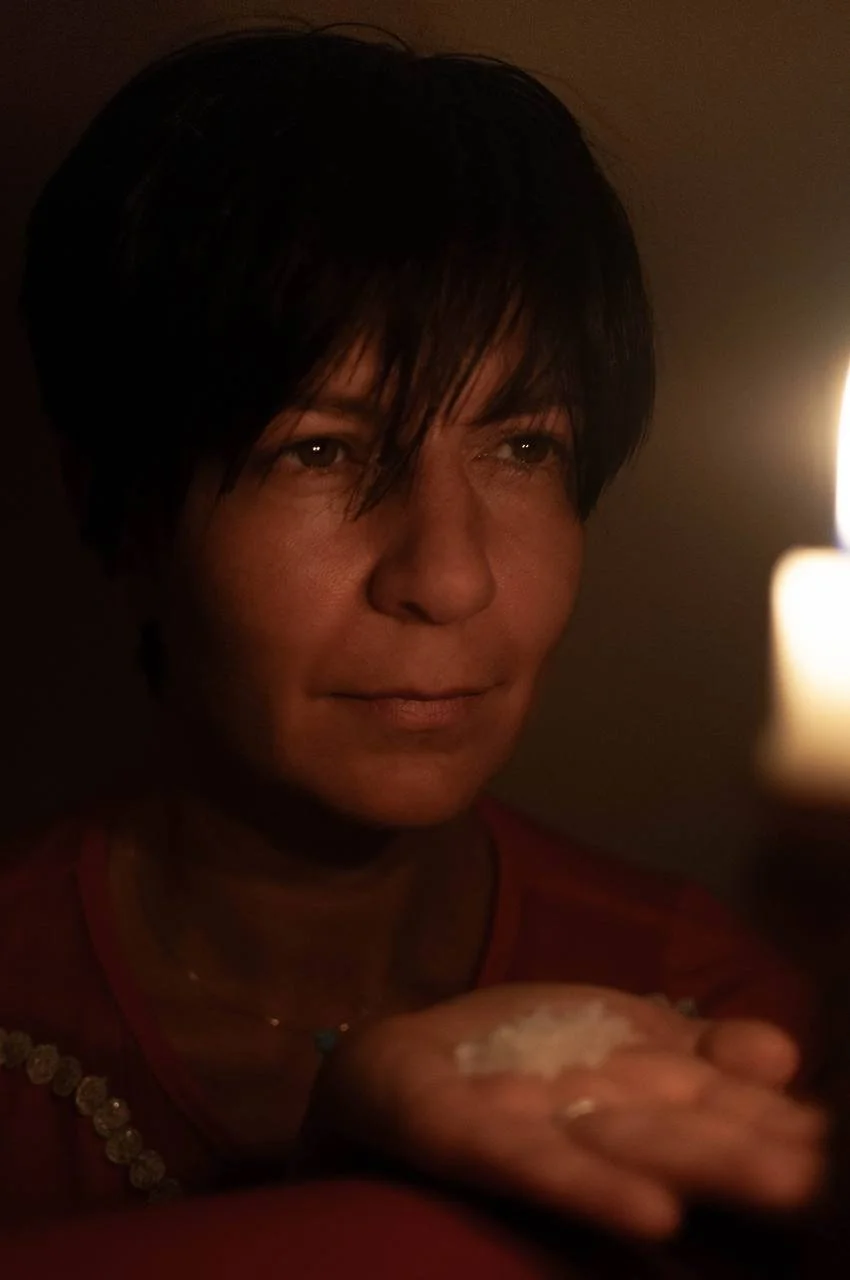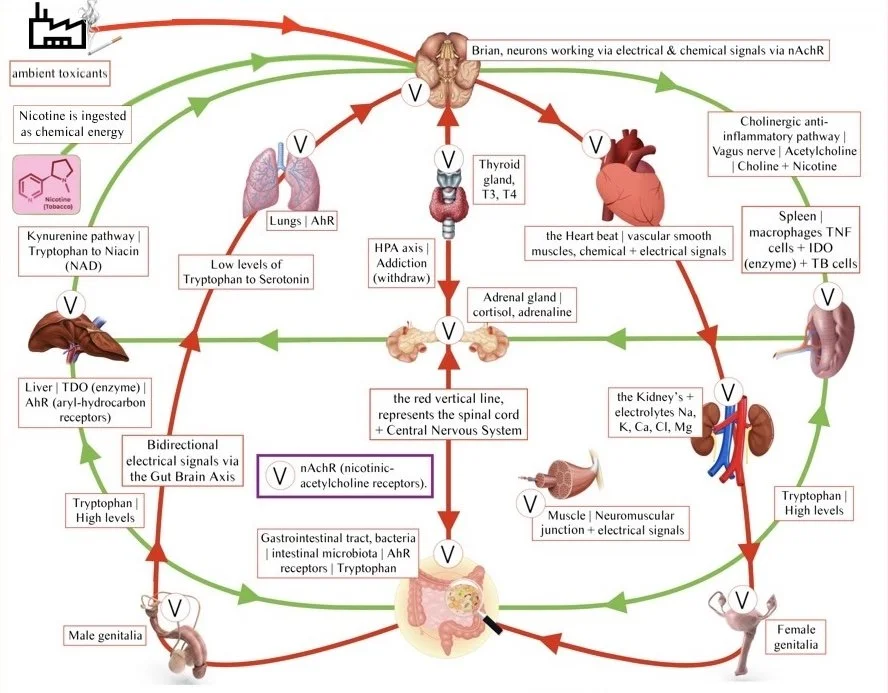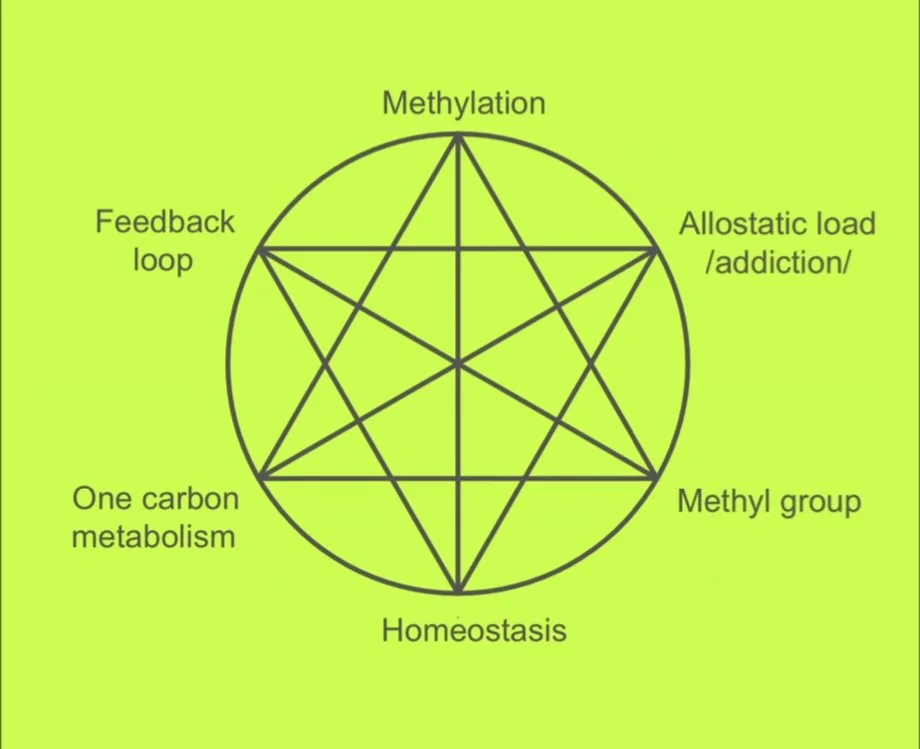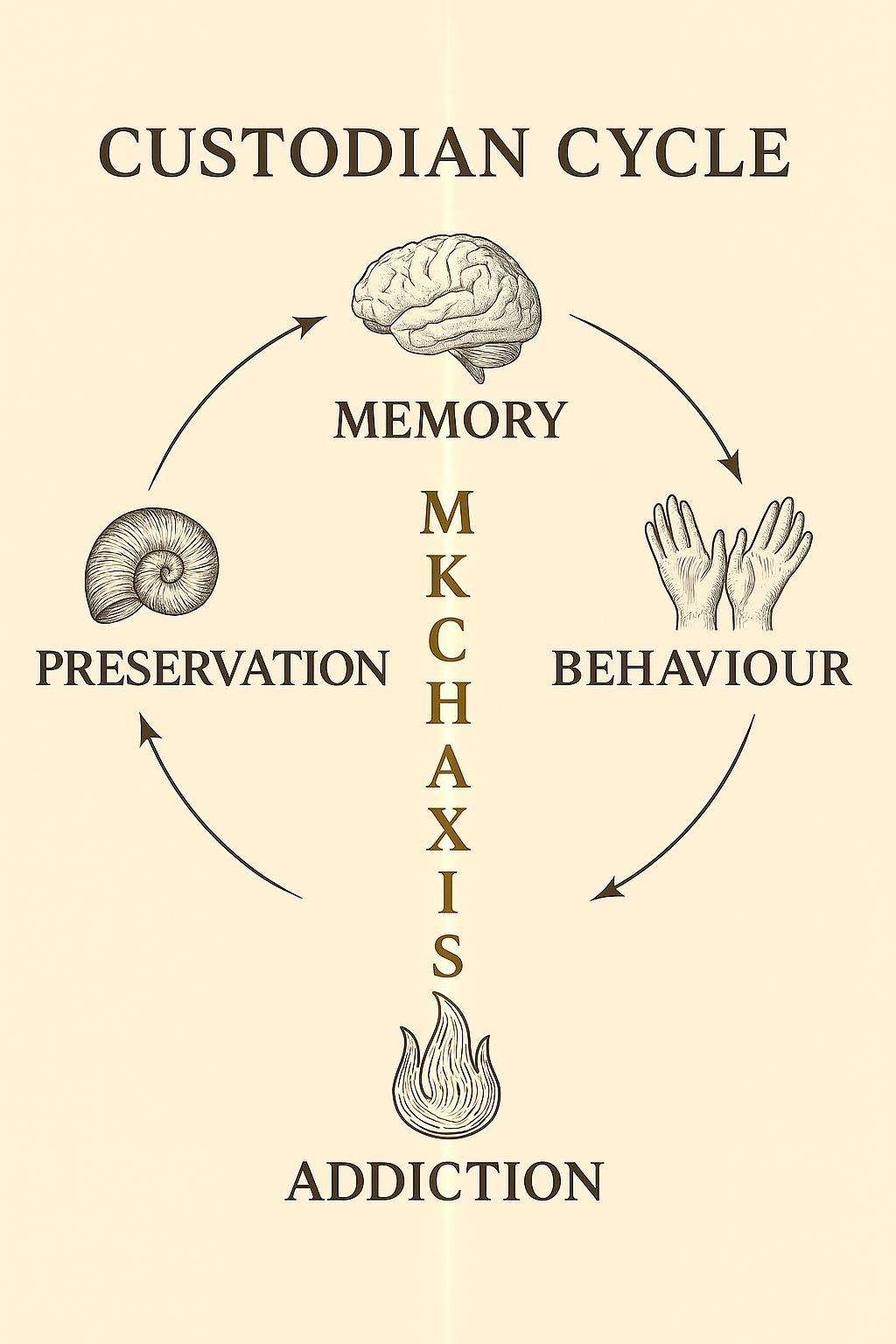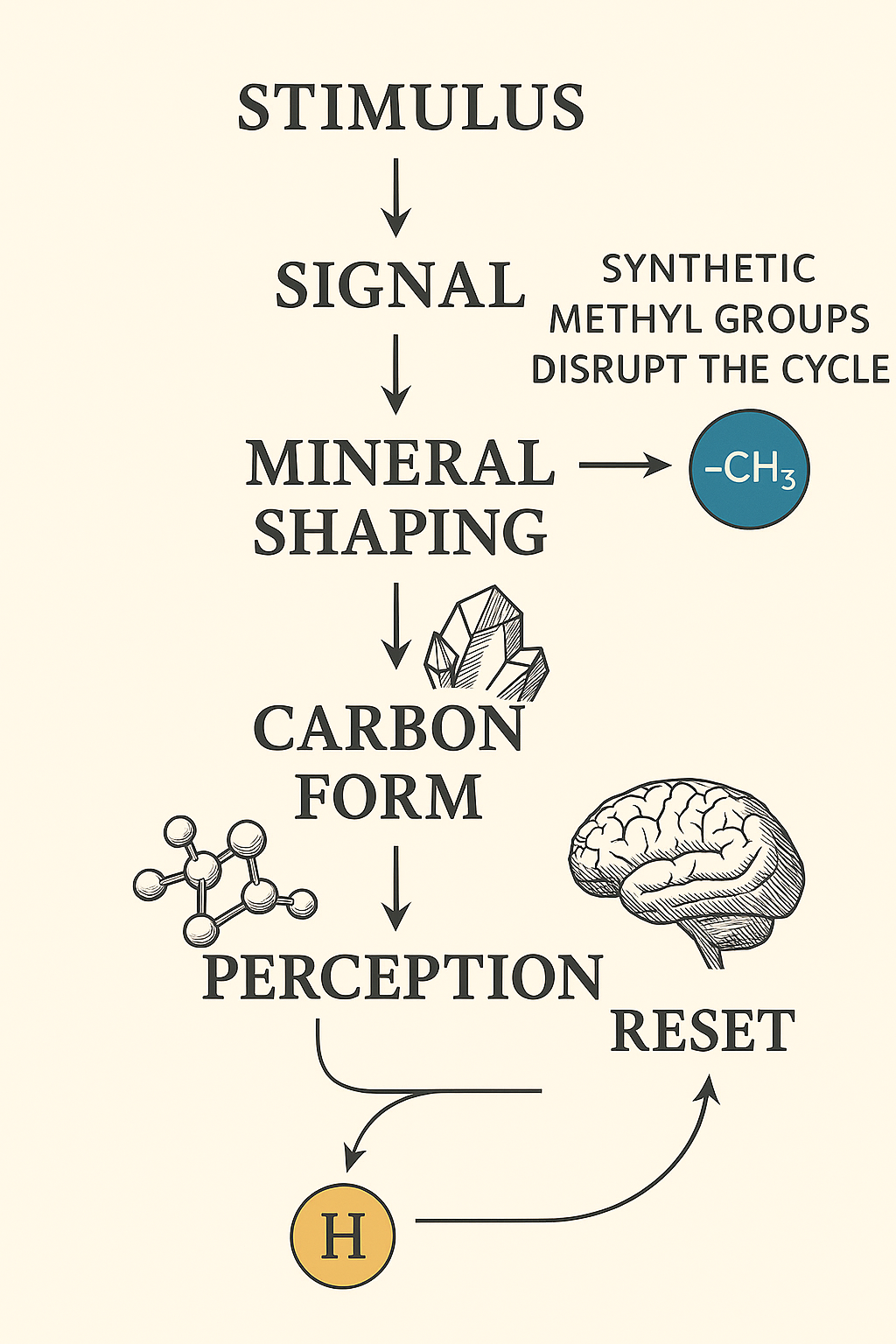Irena Boycheva, Independent Scientific Investigator
Born: 1983, Bulgaria
Background & Education
Boycheva developed an early passion for languages and athletics (dance, swimming, running, acrobatics). She began her education in German at the ППМГ “Акад. проф. д-р Асен Златаров” school in Botevgrad, Bulgaria, and later moved to Greece, where she taught herself Greek and successfully completed advanced examinations at the Φιλοσοφική Σχολή of the National and Kapodistrian University of Athens. She subsequently learned English and pursued Hebrew studies independently.
Her multilingual background provided a strong foundation for her later scientific work, particularly in biochemistry and biology, disciplines in which Greek terminology is central.
Research Focus
The acquisition of knowledge
After an immersion in nature, sustained by minimal food and solitude, she began a decade-long intensive study of classic literature, scientific-medical reports from world-renowned institutions, and extensive laboratory blood analyses. Since 2014, her research and intellectual pursuits have encompassed the following scientific disciplines:
Cell Physiology and Metabolism
Molecular Medicine
Plant, Cell, and Environmental Sciences
Environmental Health Sciences
Basic and Clinical Pharmacology and Toxicology
Biochemistry and Molecular Biology
Chemistry and Biochemistry
Cardiovascular and Metabolic Research
Health and Nutritional Sciences
Biomedical Sciences and Center of Excellence in Inflammation, Infectious Diseases, and Immunity
Neurobiology of Stress and Resilience
Microbiology and Immunology
Pharmacology and Therapy
From this foundation, she herself began creating original visual syntheses to integrate knowledge from diverse fields, exploring who we truly are through the patterns of our addictive behaviors across civilizations, and the choices they reveal for the future we can consciously shape—not based on memory, but on entirely new cosmic forms.
Diagram 1: Biochemical and organ-level nicotine pathway — maps how nicotine interacts with nicotinic acetylcholine receptors (nAChRs) and how these receptors participate in electrical and chemical signaling across multiple organs and systems.
Diagram 2: The “alchemy of nicotine addiction” — refines addiction into functional systems such as methylation, one-carbon metabolism, homeostasis, feedback loops, and allostatic load.
Diagram 3: The Custodian Cycle (MKCH Axis) — proposes addiction as a repeating loop of memory, behavior, addiction, and preservation, linking biochemical repetition to intergenerational patterns.
Diagram 4: The Stimulus–Signal Cycle — any stimulus, whether from natural surroundings or stimulants, creates a signal that should be stabilized by minerals. Once stabilized, carbon gives the signal a form — and the mind does not read raw signals but these carbon forms, which become perception before returning to reset.
These diagrams are not isolated drawings, but distillations of her long research investigation — an effort to transform complex scientific knowledge into integrative models that reveal the oldest connections.
The latest diagram has made her work come alive. At last there is something real to explore — not only more references or theories, but the inorganic: minerals and geochemistry, touchable, measurable, and ready for experiments.
Read about the final experience in her blog.
